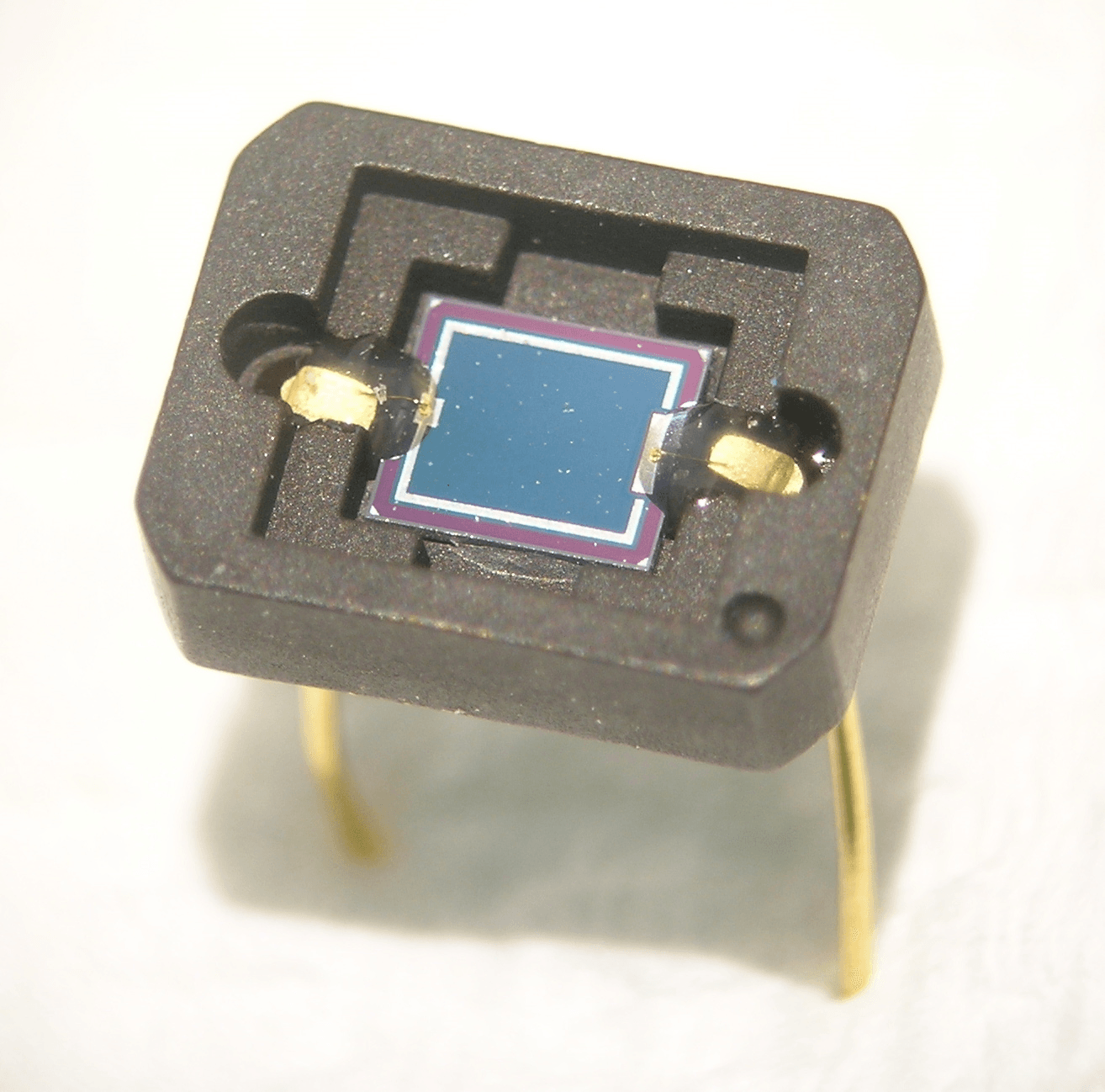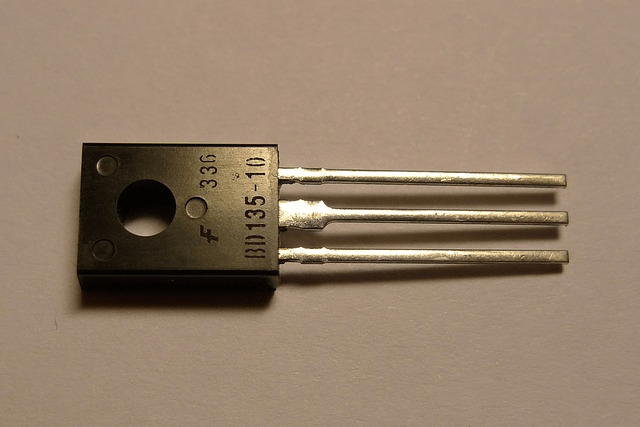Light Sensor Chips Information
 Light sensor chips convert light into electrical signals that are then conditioned to produce a desired electrical output. They are sometimes called light-to-frequency chips, light-to-voltage chips, or ambient light sensors. Light sensor chips are used in power management applications to control dimming and extend the life of liquid crystal displays (LCDs) for portable electronic devices such as cell phones, digital cameras, and notebook computers.
Light sensor chips convert light into electrical signals that are then conditioned to produce a desired electrical output. They are sometimes called light-to-frequency chips, light-to-voltage chips, or ambient light sensors. Light sensor chips are used in power management applications to control dimming and extend the life of liquid crystal displays (LCDs) for portable electronic devices such as cell phones, digital cameras, and notebook computers.
Types of Light Sensor Chips
There are two types of light sensor chips: phototransistors and photodiodes.
Phototransistors amplify variations in light and output a voltage. They are more sensitive than photodiodes and may or may not have a base lead.
Photodiodes are solid-state light detectors with a radiation-sensitive junction in semiconductor material. The base current from the incident photons is amplified by the gain of the transistor, resulting in current gains that range from hundreds to several thousands. Response time is a function of the capacitance of the collector-base junction and the value of the load resistance. Most photodiodes provide current outputs.
Specifications
Light sensor chips differ in terms of performance specifications and mounting styles. Specifications for light sensor chips that use photo transistors include:
- collector current (mA)
- collector dark current (mA)
- peak wavelength (nm)
- rise time (ns)
- collector-emitter breakdown voltage (V)
- power dissipation (mW)
 Parameters to consider also include spectral range, fall time, acceptable angle, and operating temperature. Proper thermal stability ensures that the output of light sensor chips is a function of changes in light and not changes in temperature. Performance specifications for light sensor chips that use photo diodes include:
Parameters to consider also include spectral range, fall time, acceptable angle, and operating temperature. Proper thermal stability ensures that the output of light sensor chips is a function of changes in light and not changes in temperature. Performance specifications for light sensor chips that use photo diodes include:
- sensitivity
- rise time
- quantum efficiency
- operating temperature
In terms of mounting styles, choices include surface mount technology (SMT) and through hole technology (THT). SMT adds components to a printed circuit board (PCB) by soldering component leads or terminals to the top surface of the board. THT mounts light sensor chips by inserting component leads through holes in the board and then soldering the leads in place on the opposite side of the board.
Standards
Light sensor chips that are destined for sale in Europe must comply with Restriction of Hazardous Substances (RoHS), a European Union (EU) directive that requires all manufacturers of electronic and electrical equipment to demonstrate that their products contain only minimal levels of the following hazardous substances: lead, mercury, cadmium, hexavalent chromium, polybrominated biphenyl, and polybrominated diphenyl ether. RoHS became effective on July 1, 2006.
Related Information
IEEE Spectrum—Wearable Sensors Spot Lyme Disease
IEEE Spectrum—Swarm of Origami Robots Can Self Assemble Out of a Single Sheet
Image credit:
John Maushammer / CC BY-SA 2.5
- linear light sensors
- intensity light sensors
- modulated light sensors
- RGB light sensors
- broad spectrum light sensors
- celestial ambient light sensors
- high speed light sensors
- I2C based light sensors
- I2C light sensors
- laser light sensors
- low light sensors
- low voltage light sensors
- lux light sensors
- photodiode light sensors
- pilot light sensors
- precision light sensors
- programmable light sensors
- proximity sensor light sensors
- quantum light sensors
- rain light sensors
- red light sensors
- reflective light sensors
- RGB LED light sensors
- traffic light sensors
- ultraviolet light sensors
- UVC light sensors
